In this tutorial, you will learn everything you need to know about microphones and how you can significantly improve the quality of your audio recordings. I will share my personal experiences and recommendations from over 20 years in the audio and video production field. The focus is on selecting the right microphone and using special techniques and tools to elevate your recordings to the next level.
Key Insights
- The choice of microphone is crucial for good audio quality.
- The room's acoustics influence the sound; therefore, absorbers and/or curtains are advisable.
- Additional devices like preamplifiers can significantly enhance audio quality.
- Different microphone types and characteristics have different advantages.
Step-by-Step Guide
1. Choosing the Right Microphone
It is important to start by selecting the right microphone. I recommend the Shure SM7B, which I use myself. This microphone brings out the depth of the voice and provides a warm, full sound. It has proven to be very valuable in the past six weeks, especially for recordings where the voice should sound clear and deep.
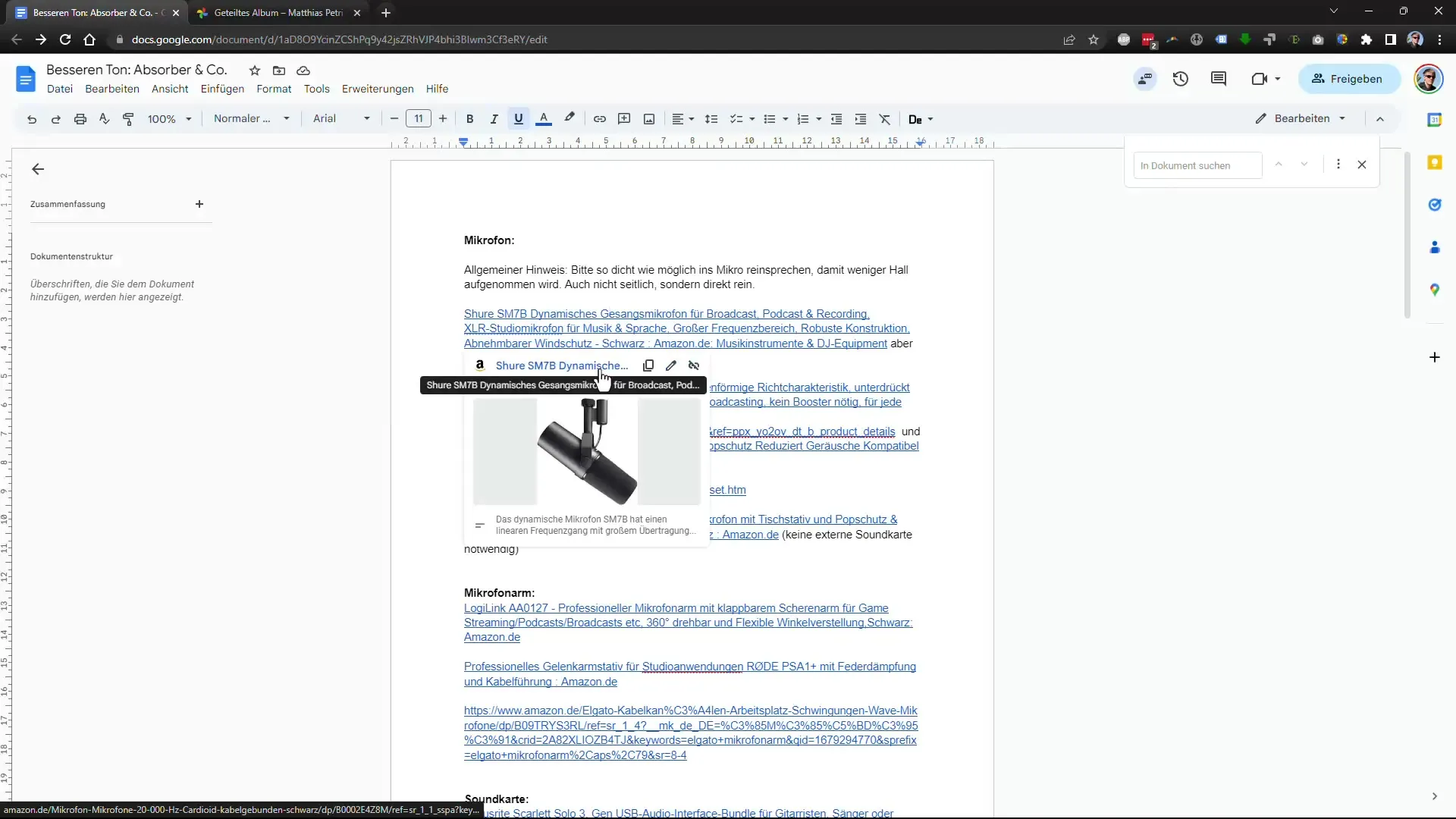
If you are looking for alternatives, the Elgato Wave DX can be a more budget-friendly option. It also offers excellent audio quality, but an additional windscreen is recommended as the integrated protection may not be sufficient.
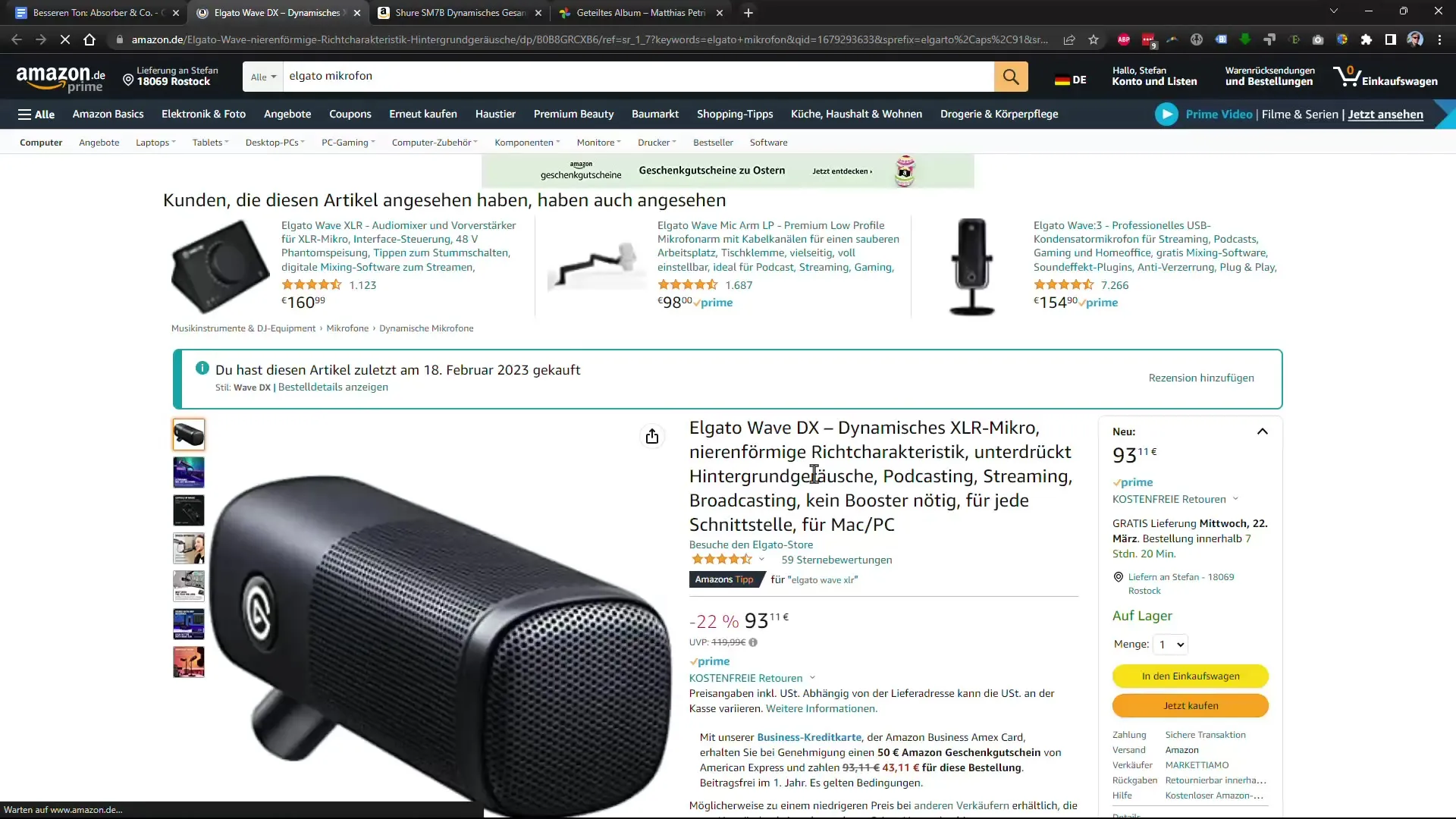
2. Invest in a Preamplifier
In addition to your microphone, a preamplifier like the TritonAudio FetHead is a wise investment. It ensures that the sound becomes significantly louder without capturing background noise. You don't have to increase the volume of the sound card, which often leads to unwanted noise.
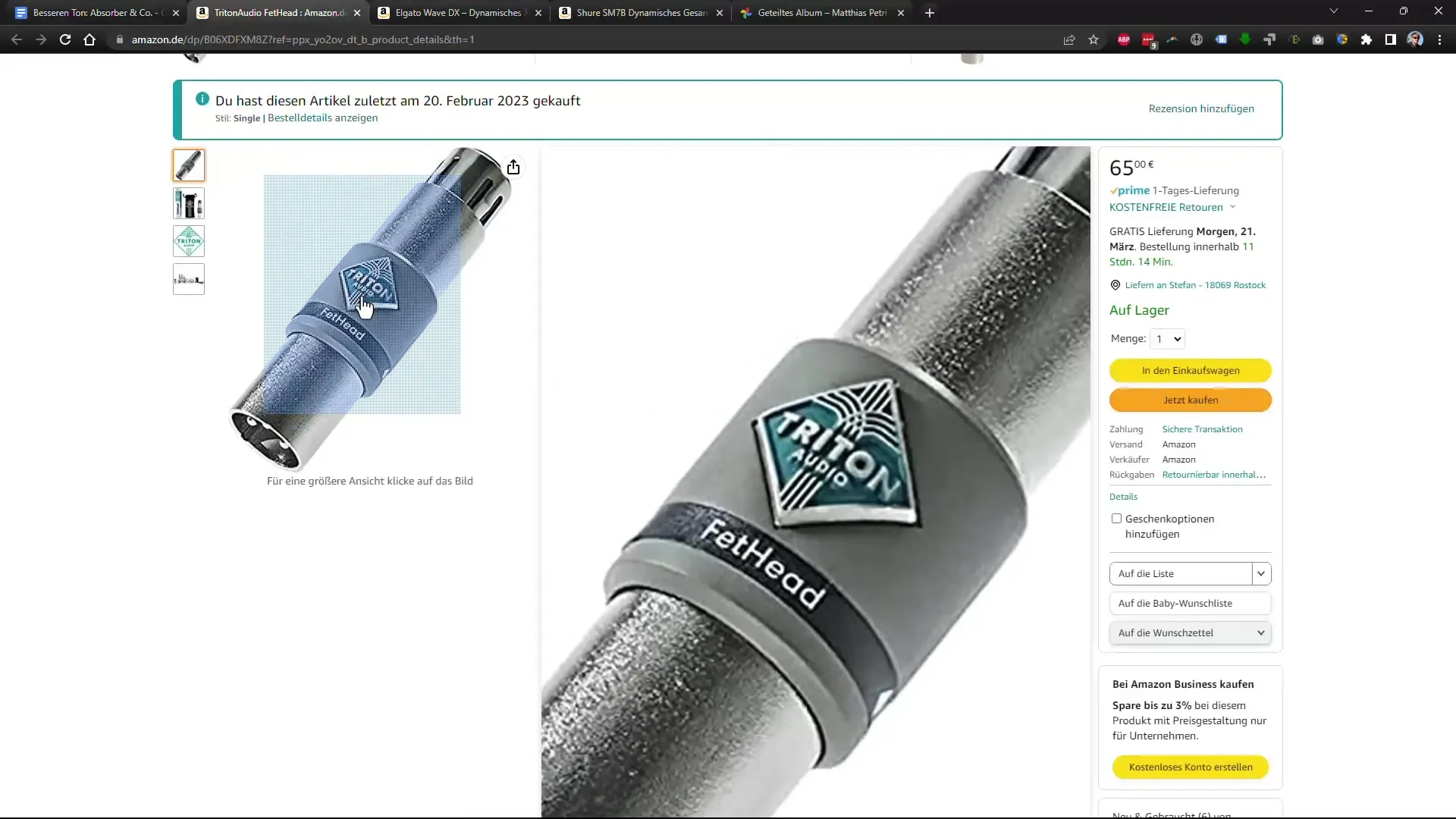
3. Consider Room Acoustics
The acoustics of your room can have a significant impact on sound quality. Rooms without carpets, curtains, or other sound-absorbing elements tend to produce echoes. To avoid this, you can install curtains or special absorbers. Even pictures can help reduce echo.
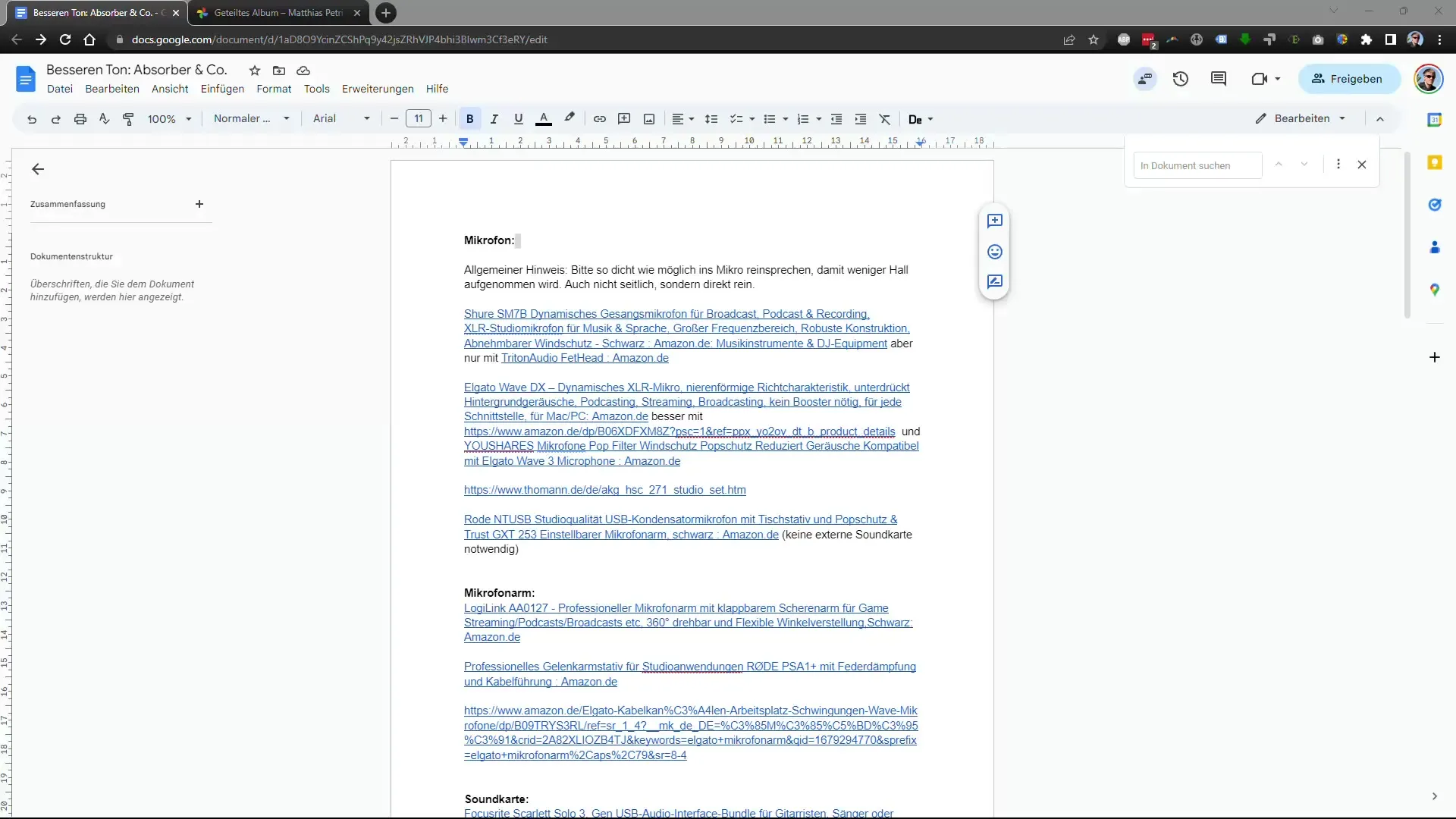
A well-optimized room not only ensures better recordings but also enhances the listening experience.
4. Consider Microphone Characteristics
Microphones have different characteristics that influence how sounds are captured. I recommend microphones with cardioid characteristics as they largely ignore noises coming from the back or sides and only capture the sounds directly in front of the microphone.
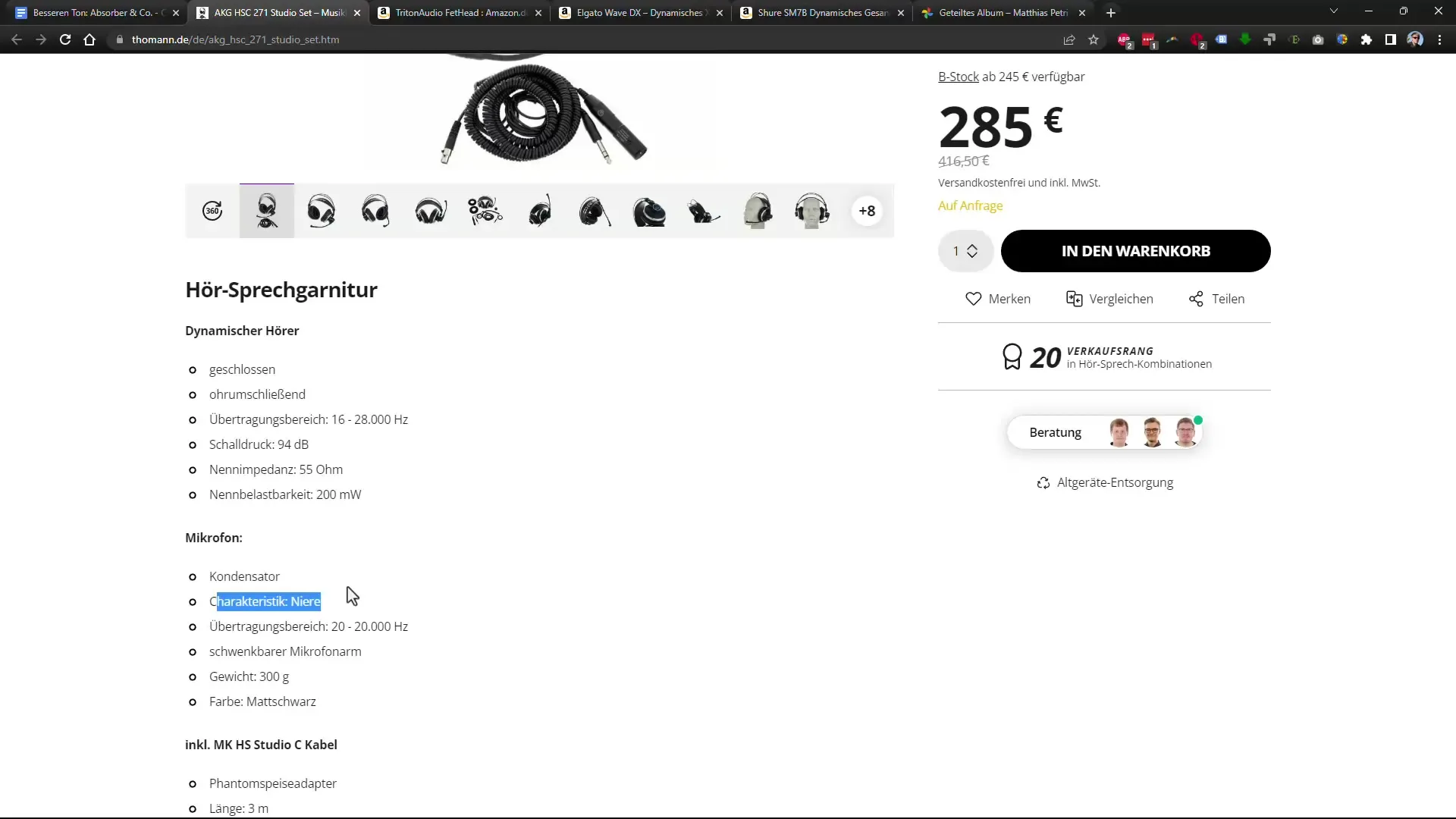
This is especially useful in rooms with echo.
5. Headset as an Alternative
If you prefer not to use a standing microphone, you can opt for a headset like the AKG HSC 271. This model has also proven to be reliable and offers excellent sound quality, albeit at a slightly higher price.
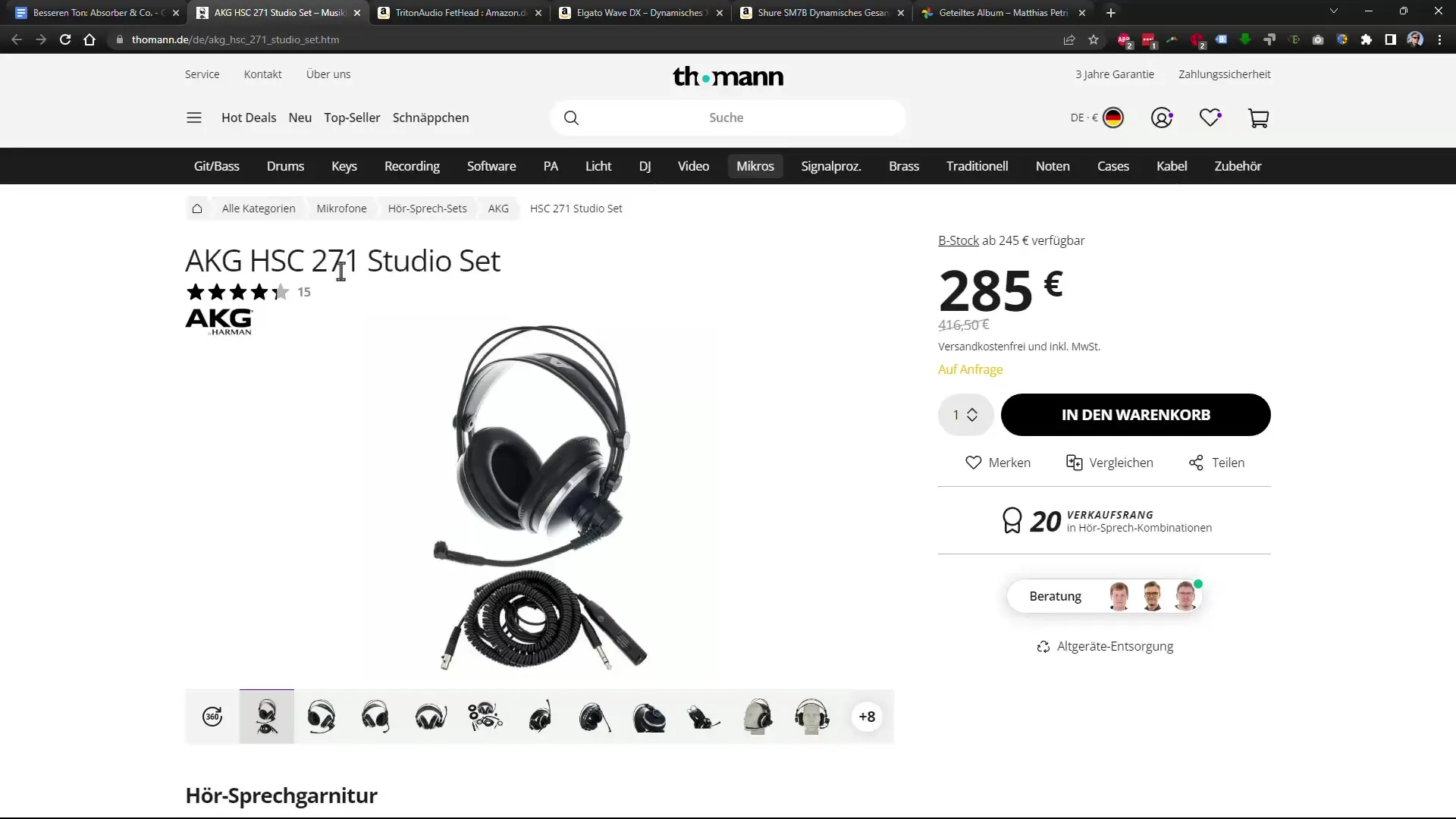
When making a purchase, ensure that the headphones are comfortable to wear and do not let outside noise pass through.
6. Using an External Sound Card
If you are considering purchasing a USB microphone, the Rode NTUSB could be the right choice for you. It can be directly connected to your computer and is particularly convenient as it comes with a desk stand and a pop filter.
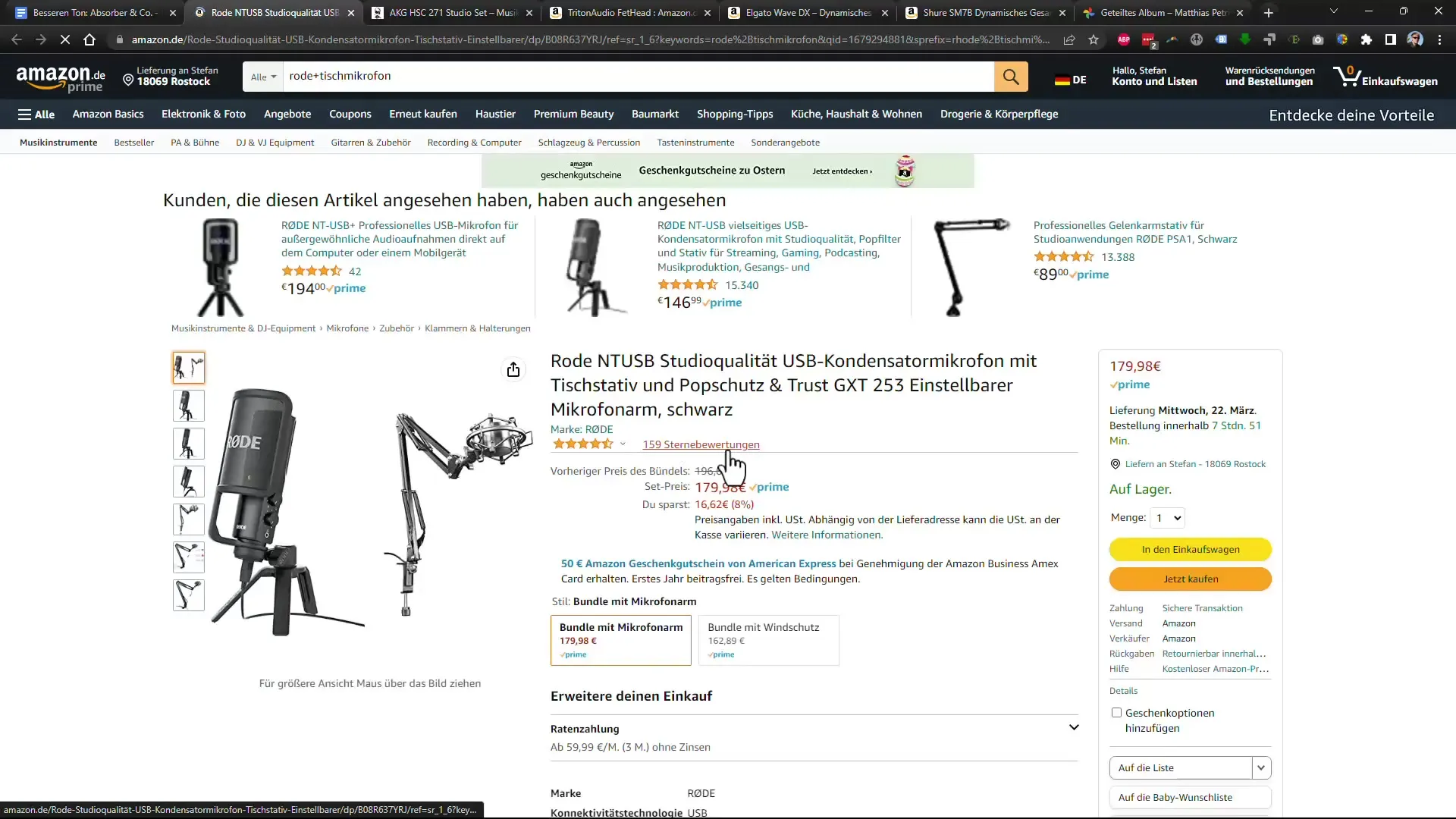
This solution is ideal if you do not want to use an external sound card and still want to achieve good audio quality.
7. Test recording distance
When recording, the distance to the microphone is of great importance. Make sure you are close to the microphone to achieve the best results. I recommend keeping about 1 cm distance. If you are further away, the voice quality changes significantly and the background noise becomes noticeably louder.
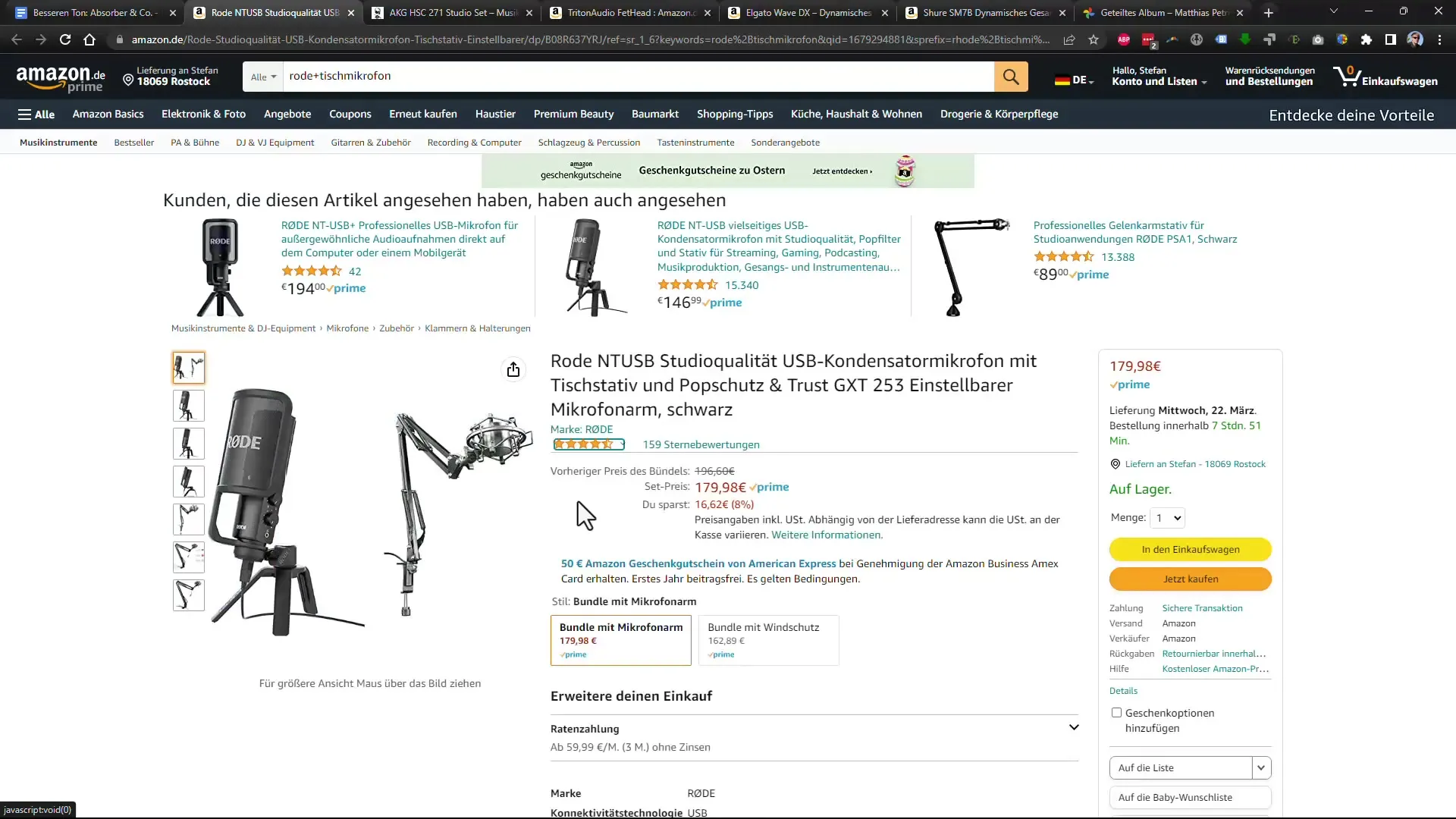
8. Quality assurance through plugins
Use plugins for post-processing to filter out disturbing noises, especially if you made mistakes during the recording. I recommend the Quelp plugin, which effectively filters out noise and enhances the sound quality of your recordings.
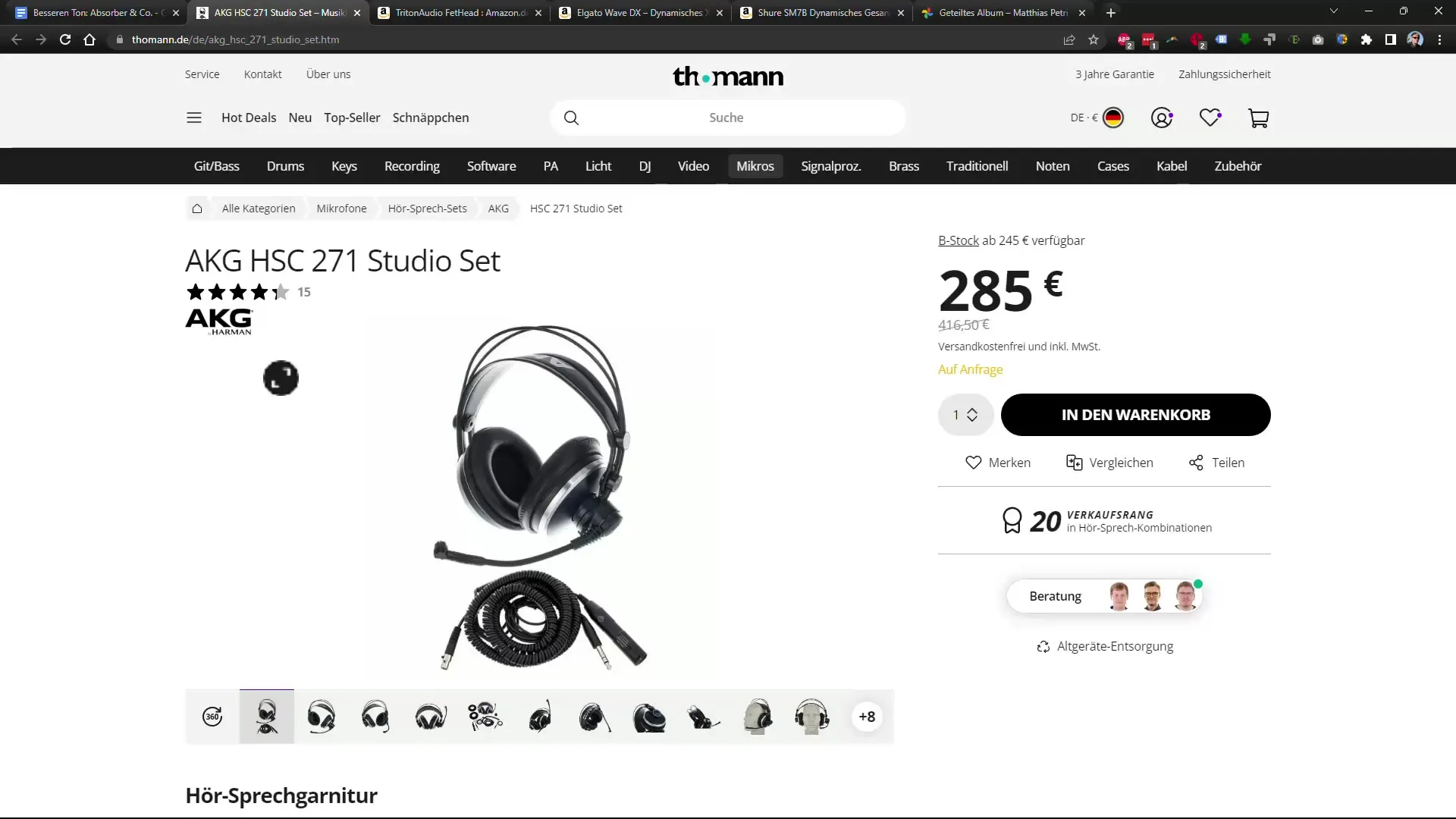
Summary
To improve the audio quality of your recordings, choosing the right microphone is crucial. Invest in additional equipment such as preamplifiers and pay attention to the acoustics of your room. Use different types and characteristics of microphones to fully exploit their respective advantages.
Frequently Asked Questions
How do I choose the right microphone?Pay attention to factors such as voice depth and intended use. The Shure SM7B is a versatile choice.
What can I do to reduce reverb in my room?Use curtains, carpets, or special sound absorbers to minimize reverb.
Do I need a preamplifier for my microphone?Yes, a preamplifier can help minimize noise and improve audio quality.
Are USB microphones suitable for professional recordings?Yes, they can be a viable solution, especially like the Rode NTUSB.
What characteristics should my microphone have?A cardioid characteristic is ideal for minimizing unwanted background noise.


